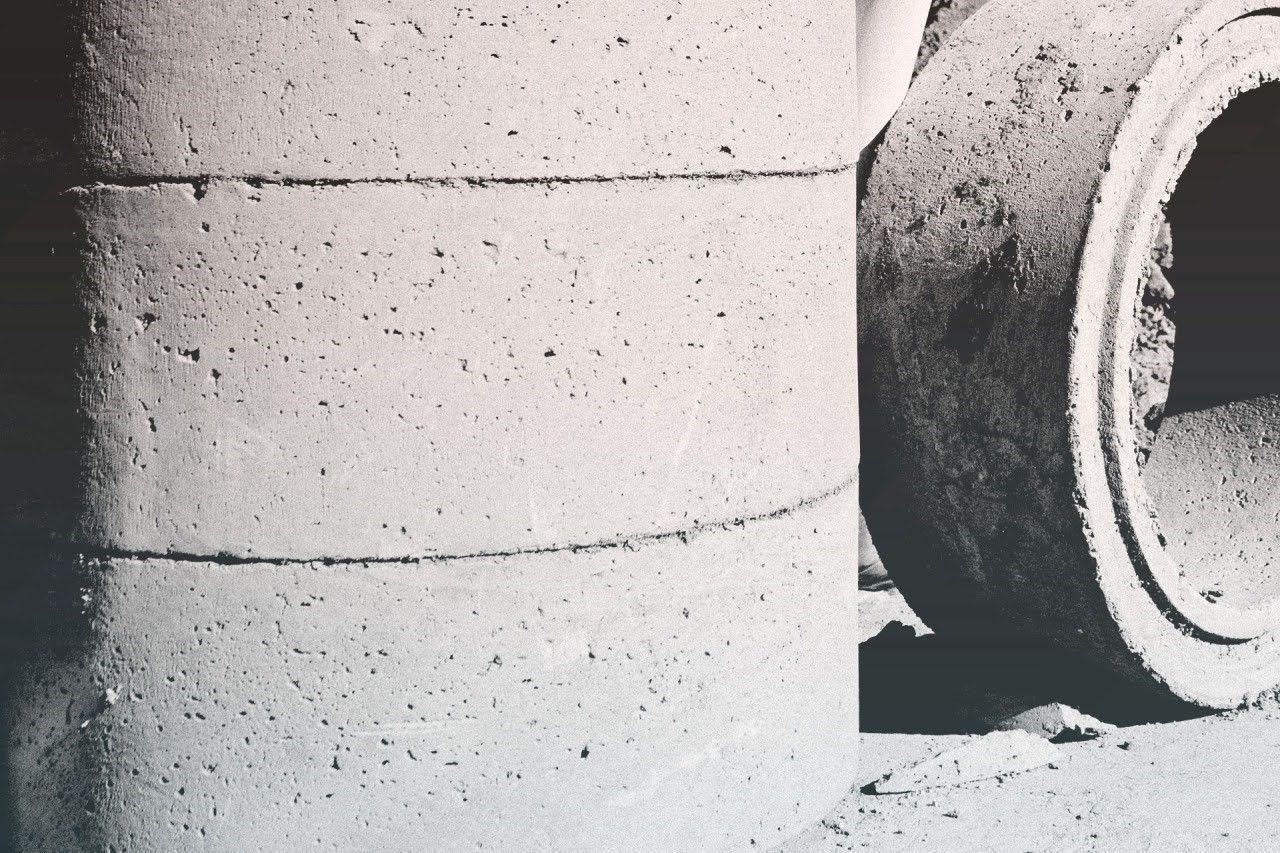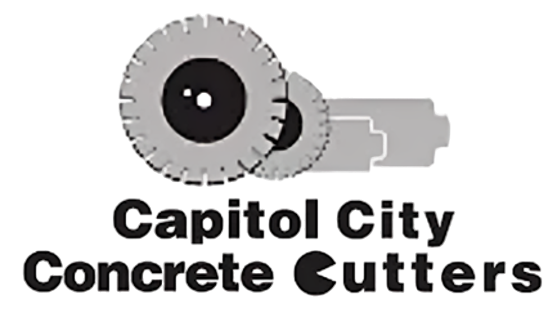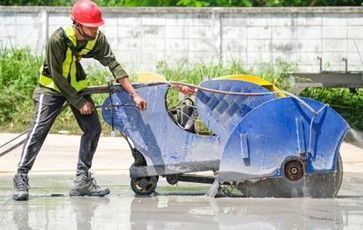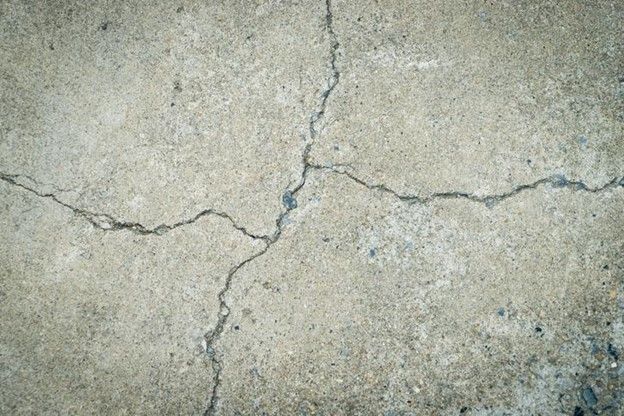Residential • Commercial • Industrial
A Guide to Understanding Control Joints
Have you ever noticed cracks in a concrete driveway or sidewalk? These cracks aren't just unsightly—they can also be a safety hazard. The good news is that cracks can be prevented with the proper installation of control joints. Here's a closer look at control joints, their benefits, and what happens to concrete without them.
Overview of Control Joints
Control joints, sometimes called crack control joints, are joints or spaces that are intentionally created in concrete slabs to help control cracking. These joints are typically created by cutting lines into the surface of the concrete, which allows the slab to expand and contract without causing cracking.
In other words, your concrete will naturally crack over time. However, as opposed to random cracks, you can control where that crack occurs with control joints. By providing a weakened area for the concrete to crack, the crack is less likely to spread to other areas of the slab.
Benefits of Control Joints
There are many benefits to using control joints in concrete, including the following:
- Aesthetics. Without control joints, concrete slabs would be more likely to crack in a random pattern, which can be unsightly and dangerous.
- Safety. As concrete slabs expand and contract due to temperature changes, they need room to move. Without control joints, the pressure of expansion and contraction can cause the slab to crack and shift in other areas, often resulting in trip hazards.
- Protection. Random cracks can also lead to water infiltration, further damaging the slab, especially in our wet Louisiana weather.
Types of Control Joints
There are two main types of control joints: saw-cut joints and tooled joints. Both types of control joints are effective at preventing random cracks, and the choice between the two typically comes down to personal preference and the specific needs of the job.
Saw-Cut Joints.
Saw joints are created using a special saw designed to cut through concrete. It creates a neat, straight line that can help control cracking. Saw joints are usually cut 1/4 inch deep and are typically spaced at intervals of 15 feet or less. The best time to install saw joints is just after it has hardened, usually within the first 24 hours. The longer you wait, the higher the chance of future damage.
Tooled Joints.
Tooled joints are created by using a trowel or other tool to make grooves in the concrete. The advantage of tooled joints is that they provide a more consistent and uniform look than saw-cut joints. However, this method is done while the concrete is still wet, so it is important to be aware of the timing.
Some areas may also require specific joint configurations, such as spacing, depth, or orientation. Concrete professionals will know what type of joint is required for your project.
Control Joints in Louisana
While it doesn't freeze in Louisana, we still have to pay special attention to control joints because of our extreme weather conditions. Louisiana is known for its hot and humid summers, which can cause concrete to expand more than usual and put extra pressure on the slab. So it is important to make sure control joints are properly installed to prevent cracking due to expansion and contraction.
Likewise, excessive rain can also cause concrete to warp and crack. Installing control joints in the proper locations will help prevent water infiltration that could further damage the slab.
Control joints are essential components of concrete slabs and are critical to preventing random cracks, preserving the appearance of your concrete, and ensuring your overall safety. Make sure to work with a professional concrete contractor, like Capitol City Concrete Cutters LLC, to install control joints in your next project.









